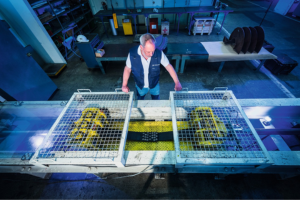Kinds of Conveyors in the Aggregate Industry:
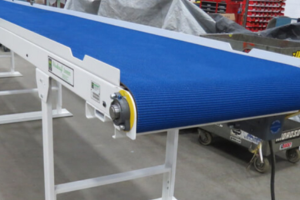
Belt Conveyors
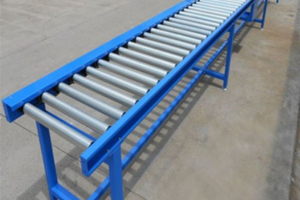
Roller Conveyors

Vibratory Conveyors
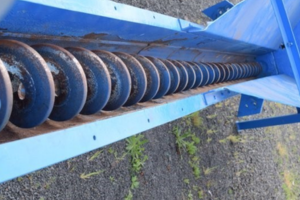
Screw Conveyors
Advantages of Conveyors in Fruit and Vegetable Washing
1. Proficient Material Handling: Conveyors smooth out material handling in fruit and vegetable washing processes via robotizing the development of produce. They take out the requirement for physical work, guaranteeing a consistent progression of fruits and vegetables through the washing and cleaning stages, limiting personal time, and upgrading efficiency.
2. Further developed Cleaning and Disinfection: Conveyors work with careful cleaning and sterilization of fruits and vegetables. They can be outfitted with different cleaning instruments, like sprayers or brushes, guaranteeing steady and effective evacuation of soil, garbage, and impurities from the produce surfaces.
3. Improved Food handling: Conveyors add to upgraded sanitation by limiting the gamble of cross-pollution. They isolate the washing stages, keeping the exchange of foreign substances starting with one clump of produce then onto the next, and empower powerful sterilization conventions to keep up with cleanliness standards.
4. Diminished Work Prerequisites: With mechanized material handling, conveyors decrease the requirement for difficult work in fruit and vegetable washing processes. This prompts cost investment funds, expanded functional productivity, and permits laborers to zero in on other basic errands like quality control and assessment.
5. Item Quality Safeguarding: Conveyors handle fruits and vegetables tenderly, limiting swelling and harm during the washing system. By guaranteeing smooth and controlled transportation, conveyors assist with safeguarding the visual allure, surface, and generally speaking nature of the produce.
Utilizations of Conveyors in Fruit and Vegetable Washing

Pre-Washing and Arranging
Washing and Cleaning
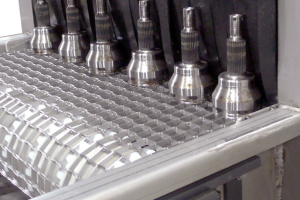
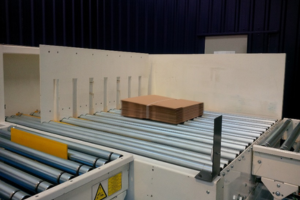
Washing and Drying
Assessment and Quality Control
